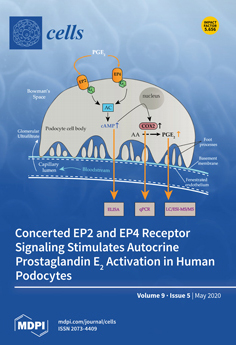Cells. 2020 May 4;9(5):1133. doi: 10.3390/cells9051133.
Nicole Wagner 1 , Kay-Dietrich Wagner 1
Affiliation
1 Université Côte d’Azur, CNRS, INSERM, iBV, 06107 Nice, France.
Abstract
Peroxisome proliferator-activated receptors (PPARs) belong to the nuclear hormone receptor family. Three different isoforms, PPAR alpha, PPAR beta/delta and PPAR gamma have been identified. They all form heterodimers with retinoic X receptors to activate or repress downstream target genes dependent on the presence/absence of ligands and coactivators or corepressors. PPARs differ in their tissue expression profile, ligands and specific agonists and antagonists. PPARs attract attention as potential therapeutic targets for a variety of diseases. PPAR alpha and gamma agonists are in clinical use for the treatment of dyslipidemias and diabetes. For both receptors, several clinical trials as potential therapeutic targets for cancer are ongoing. In contrast, PPAR beta/delta has been suggested as a therapeutic target for metabolic syndrome. However, potential risks in the settings of cancer are less clear. A variety of studies have investigated PPAR beta/delta expression or activation/inhibition in different cancer cell models in vitro, but the relevance for cancer growth in vivo is less well documented and controversial. In this review, we summarize critically the knowledge of PPAR beta/delta functions for the different hallmarks of cancer biological capabilities, which interplay to determine cancer growth.
PMID: 32375405
DOI: 10.3390/cells9051133

